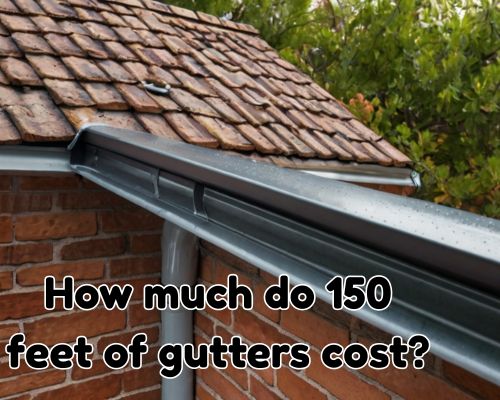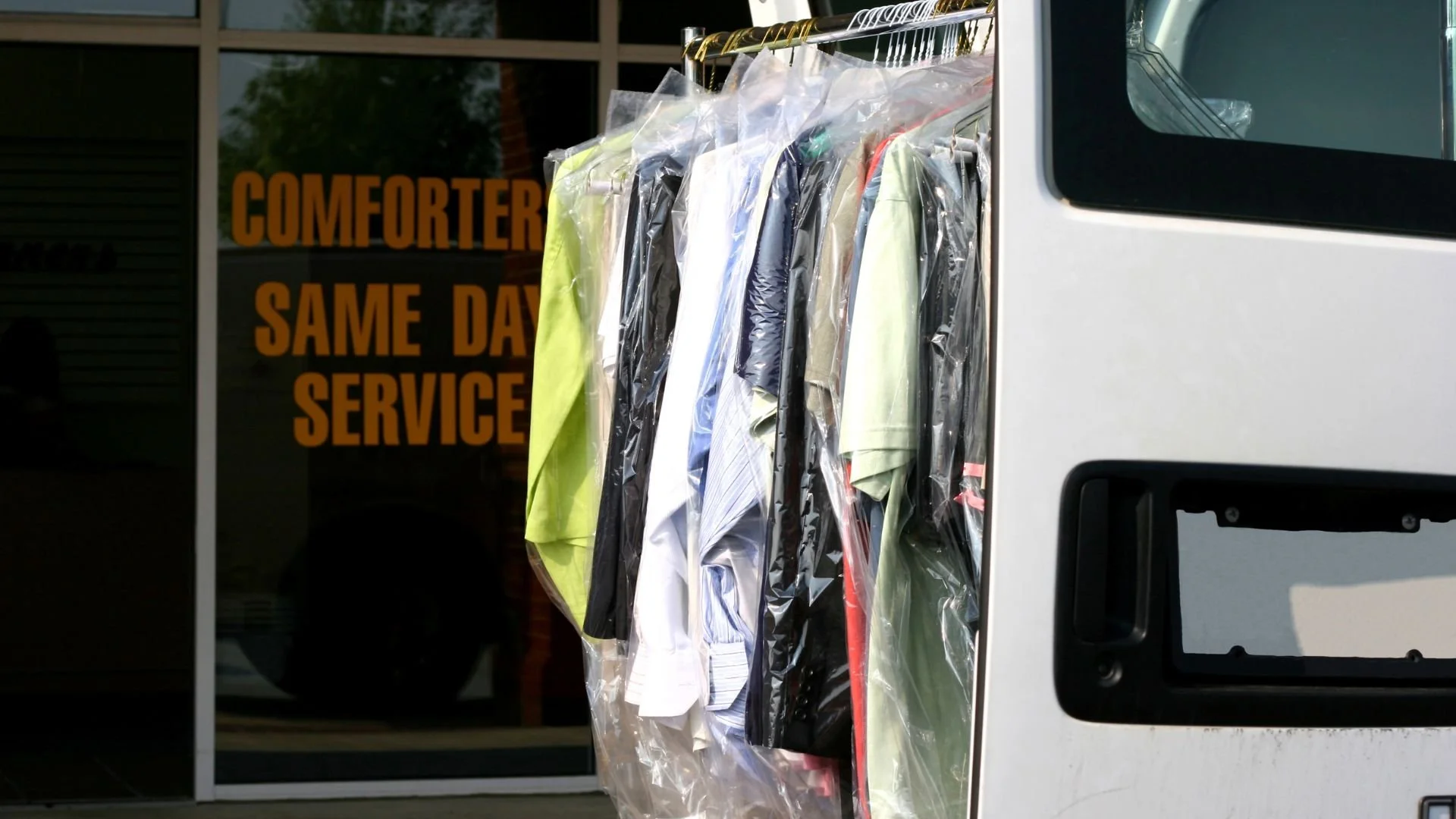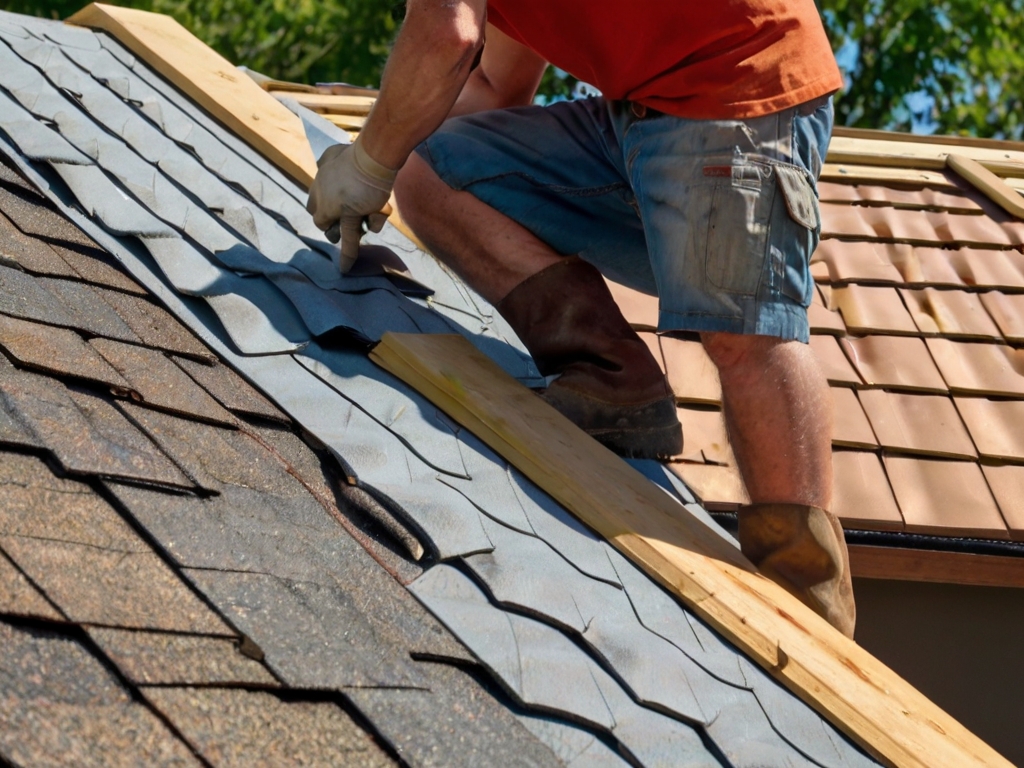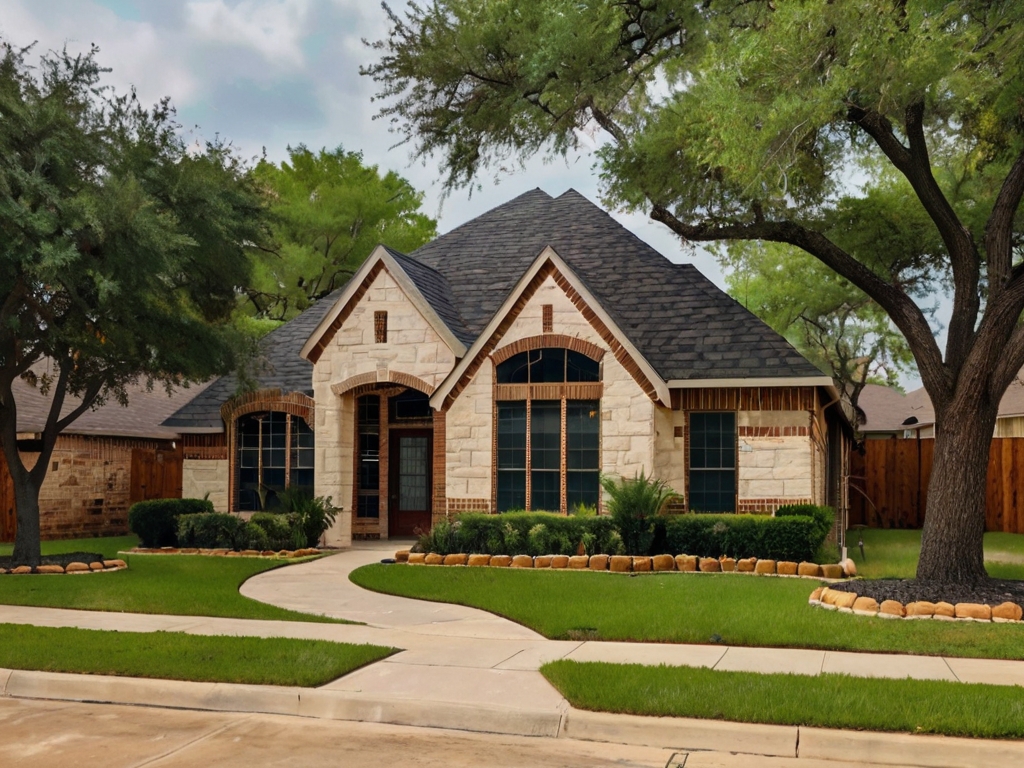When considering a home improvement project like gutter installation, it’s crucial to understand not only the functionality of the upgrade but also its financial implications. One common question among West Palm Beach, Florida homeowners is: How much do 150 feet of gutters cost? The answer, however, is not one-size-fits-all. It depends on multiple factors such as materials, labor, complexity of installation, local market rates, and optional add-ons like gutter guards or downspouts.

With Gutters Of West Palm Beach, we’ll break down the typical cost of installing 150 feet of gutters in West Palm Beach, provides insight into regional pricing dynamics, and explains how to get the best value for your investment.
💧 Why Gutters Are Essential in West Palm Beach, FL
In West Palm Beach, where tropical storms and heavy rainfall are common—especially during hurricane season—high-quality gutter systems are essential to divert water away from your home’s foundation, roof, and landscaping. Improper drainage in Palm Beach County can lead to erosion, flooding, and even mold or structural damage. Given the local weather patterns, investing in well-installed gutters is not a luxury—it’s a necessity.
🏷️ Average Cost of 150 Feet of Gutters in West Palm Beach
The cost of 150 feet of gutters in West Palm Beach typically ranges between $900 to $3,000, depending on the type of material and complexity of the job. That breaks down to $6 to $20 per linear foot, which includes both material and labor.
Here’s a cost breakdown by common gutter materials:
| Material | Cost per Linear Foot (Installed) | Total for 150 ft |
|---|---|---|
| Vinyl | $3 – $6 | $450 – $900 |
| Aluminum | $6 – $12 | $900 – $1,800 |
| Galvanized Steel | $8 – $12 | $1,200 – $1,800 |
| Copper | $20 – $40 | $3,000 – $6,000 |
| Seamless Aluminum | $9 – $15 | $1,350 – $2,250 |
Pro Tip: In West Palm Beach, seamless aluminum gutters are the most popular option. They offer a balance between cost, durability, and resistance to the area’s humid, salt-rich air.
🔧 Labor Costs & Local Market Trends in Palm Beach County
Labor makes up a significant portion of the total installation cost. In the West Palm Beach metro area, expect to pay between $2 to $5 per foot for professional installation. Local contractors might charge more if:
- Your roofline is high or complex
- The home requires customized gutter fabrication
- Old gutters need to be removed and hauled away
Due to South Florida’s high demand for hurricane-resistant infrastructure, contractors in Palm Beach County are often in high demand, especially during the spring and summer seasons. Booking during the off-peak season (fall or early winter) might yield slightly lower rates or discounts.
📍 Local Considerations That Affect Gutter Pricing
Living in West Palm Beach, Florida, means dealing with specific environmental and architectural conditions that influence pricing:
- Salt Air Exposure: Homes near the Intracoastal Waterway or oceanfront properties may require corrosion-resistant materials like copper or powder-coated aluminum.
- Hurricane Readiness: Some Palm Beach County building codes recommend reinforced gutter brackets or wider downspouts to handle heavy rainfall.
- Historic Districts: If your home is located in historic neighborhoods like El Cid or Flamingo Park, special design or preservation guidelines could increase labor costs.
🧰 Additional Costs: Don’t Forget These Elements
When pricing 150 feet of gutters, remember that several additional elements may add to the total:
- Downspouts ($5–$10 per linear foot)
- Gutter guards ($7–$12 per linear foot)
- Fascia or soffit repair (if needed): $5–$10 per square foot
- Gutter cleaning or removal of old gutters: $100–$300 depending on the scope
Including gutter guards is highly recommended in West Palm Beach due to the prevalence of palm fronds and tropical debris that clog gutters easily.
🏡 Real-World Cost Example in West Palm Beach
Let’s assume you’re installing 150 feet of seamless aluminum gutters with 3 downspouts and leaf guards. Here’s a sample cost estimate:
- Seamless aluminum: $10/ft × 150 ft = $1,500
- Downspouts (3 × 10 ft × $7) = $210
- Gutter guards (150 ft × $10) = $1,500
- Labor = included in the material rate or an additional $300–$500
- Estimated Total = $3,200–$3,700
This is a typical quote from reputable contractors in areas like Northwood, Southland Park, or Palm Beach Lakes.
✅ Choosing the Right Contractor in West Palm Beach
Look for licensed, insured, and locally established contractors in West Palm Beach with experience handling tropical climate challenges. Popular, highly rated companies often serve across Palm Beach County, including Lake Worth, Boynton Beach, and Riviera Beach.
When vetting contractors, ask about:
- Material warranties
- Workmanship guarantees
- Experience with hurricane-rated systems
- Custom color matching for aesthetics
Also, check if they offer free estimates and transparent pricing. Websites like HomeAdvisor, Yelp, or Angi list vetted local gutter pros with customer reviews specific to West Palm Beach.
🧠 How to Save Money Without Cutting Corners
If you’re cost-conscious but still want performance, consider these strategies:
- Bundle with roof repair: Many local roofing contractors like Gutters Of West Palm Beach offer discounts when you install gutters along with roof repairs.
- Get multiple quotes: Prices can vary significantly between providers.
- Install only where needed: Some homes don’t require 360° gutter coverage. Focus on rooflines over entryways, patios, or near flower beds.
- Use aluminum with optional gutter guards for optimal cost-performance in Palm Beach’s climate.
🌦️ Gutter Maintenance in West Palm Beach: Keep Costs Down Over Time
Regular maintenance extends the life of your gutters and prevents costly repairs. In humid climates like South Florida, schedule:
- Biannual cleaning (spring and fall)
- Annual inspection for rust, leaks, and secure fasteners
- Immediate repair of minor issues like loose brackets or leaky joints
Failure to maintain gutters in tropical regions can lead to water damage, fascia rot, and mold, especially during hurricane season.
🧾 Final Thoughts: What to Expect for 150 Feet of Gutters in West Palm Beach
To summarize:
- Cost Range: $900 to $3,000 depending on materials and features
- Best Value: Seamless aluminum with optional guards
- Regional Considerations: High humidity, tropical storms, salt exposure
- Extra Expenses: Downspouts, guards, removal of old gutters
- Location Impact: Neighborhoods like Downtown WPB or Old Northwood may affect pricing due to design codes or property access
Ultimately, 150 feet of gutters in West Palm Beach, Florida is not just an expense—it’s a long-term investment in protecting your home from water damage, preserving curb appeal, and complying with South Florida’s climate demands.











